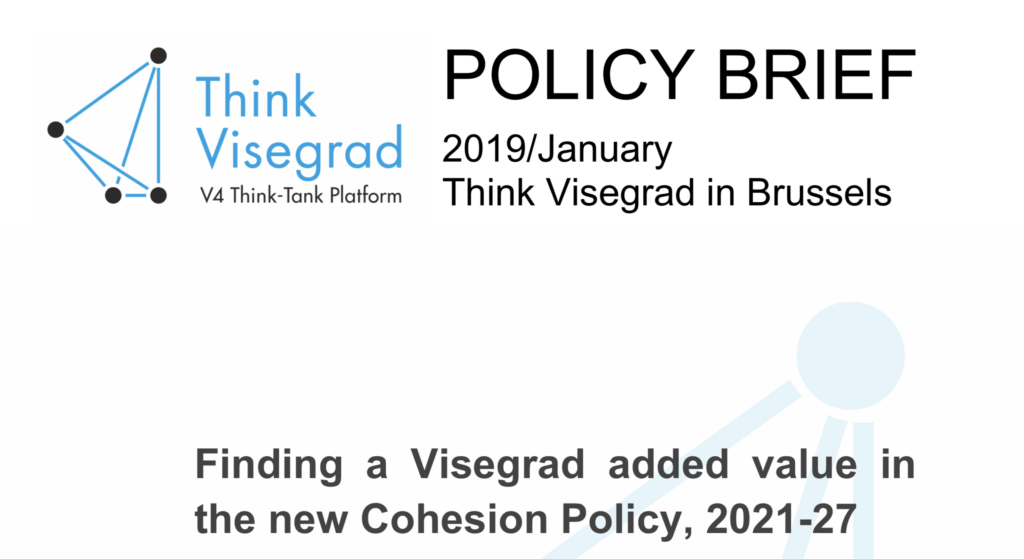Finding a Visegrad added value in the new Cohesion Policy, 2021-27
Daniel Šitera publikoval v rámci projektu Think Visegrad policy brief o spolupráci V4 v rámci nové kohezní politice EU.
14. ledna 2019

- The EU ́s budgetary negotiations have historically been a case of lowering the capabilities and increasing the expectations of the Cohesion Policy. Presented by the European Commission in May 2018, the proposal for the programming and budgetary period of 2021-27 only reasserts this historical trend when compared with the period of 2014-20.The growing gap between capabilities and expectations can also be identified when analyzing the three relevant categories of (i) budgetary allocation, (ii) strategic content, and (iii) conditionalities and administrative regulation. The gap is growing along a ́do more with less ́-logic because the volume of budgetary allocation is once again decreasing on the capabilities side, while the strategic content on the expectations side is being simultaneously expanded with aims unrelated to the original purpose of promoting socio-economic cohesion between less and more developed EU regions and, in effect, member states. For many of the less developed states, the relative diminishing of the funding carrot is moreover paralleled with maybe simplified but harsher sticks when the conditionalities and administrative burden are considered. The Commission wished for the new multiannual financial framework (MFF) and the affiliated regulations to be approved by May 2019 due to the upcoming elections to the European Parliament. From the current viewpoint, the inter-state distributional bargaining, at least in the EU Council proceedings, does not seem to abide for now. For now, the member states are still in search of what really constitutes the EU added value in the new MFF.
- The Visegrád states are the ones most affected by the growing gap. Thewidening capability-expectations gap in the Cohesion Policy thus remains unfavourable to the Visegrád states as net-recipients in the new MFF, yet it can be equally claimed to have a negative effect on the future economic performance of net- paying member states due to the inter-dependencies established on, above all, the Single Market and the Economic and Monetary Union (EMU). This begs the question, on what is the Visegrád added value constituted in the new Cohesion Policy, and how can it be reconciled with the EU added value in general? In order to answer the question, this policy brief tries to identify the capability-expectations gap as a framework for understanding both the current negotiations and the later evaluation of the final deal.
Celý text si můžete přečíst kliknutím na tlačítko PDF napravo od tohoto článku.





